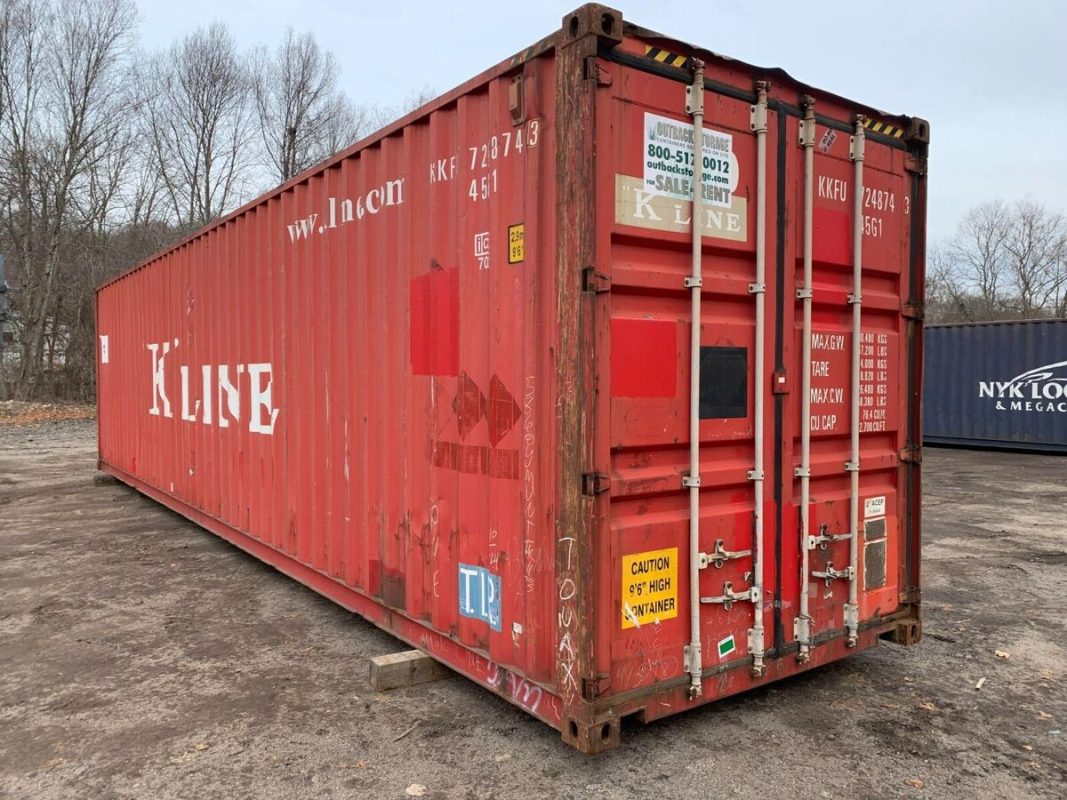How to Convert a Shipping Container into a Mobile Retail Store

In recent years, the concept of mobile retail stores has gained popularity for its flexibility and cost-effectiveness. Converting a shipping container into a mobile retail store is an innovative way to bring your business directly to your customers, whether you’re selling merchandise, food, or any other product. Shipping containers are sturdy, portable, and relatively inexpensive, making them an ideal choice for creating a unique retail experience. Here’s a step-by-step guide on how to transform a shipping container into a functional and attractive mobile retail store.
1. Planning and Design
1.1 Determine Your Needs and Goals Before diving into the conversion process, outline your objectives. Are you aiming for a food truck, a boutique, or a pop-up shop? Your design will depend on the type of goods you’re selling and the experience you want to provide. Consider factors like layout, storage space, display areas, and customer flow.
1.2 Choose the Right Container Shipping containers come in various sizes, typically 20 feet or 40 feet long. Select a container that suits your needs and budget. Ensure it’s in good condition and free from significant damage. You might also need to consider additional features like insulation, ventilation, or custom modifications based on your specific requirements.
1.3 Create a Layout Plan Sketch out your design, including shelving, display areas, and any other features. Decide where the entry and exit points will be, as well as the placement of lighting, electrical outlets, and any other fixtures. A well-thought-out layout will maximize your space and ensure smooth operations.
2. Preparing the Container
2.1 Clean and Inspect Thoroughly clean the container and inspect it for any rust, leaks, or structural issues. Address any problems before starting the conversion. A clean, well-maintained container will provide a better foundation for your retail space.
2.2 Insulate and Ventilate Depending on your location and the type of products you’re selling, insulation may be necessary. Insulate the walls and ceiling to regulate temperature and ensure a comfortable environment for both products and customers. Install ventilation systems if needed to maintain air quality and prevent condensation.
2.3 Install Electrical and Plumbing Systems Plan and install electrical wiring for lighting, point-of-sale systems, and other electrical needs. If you’re setting up a food retail space, you’ll also need plumbing for sinks and water supply. Hire a professional to ensure all systems are safely and correctly installed.
3. Interior Build-Out
3.1 Build and Install Fixtures Construct and install shelving, counters, and display units based on your design. Use durable materials that can withstand frequent use and transport. Modular and adjustable fixtures can provide flexibility in your layout and display options.
3.2 Design the Customer Experience Create an inviting atmosphere with attention to aesthetics and functionality. Use paint, graphics, and signage to make your container stand out and attract customers. Consider lighting options that enhance product visibility and create an appealing ambiance.
3.3 Set Up Point-of-Sale Systems Install your point-of-sale (POS) system, including cash registers, credit card readers, and any other necessary equipment. Ensure the system is easy to use and integrated with your inventory management.
4. Branding and Marketing
4.1 Customize the Exterior The exterior of your container is just as important as the interior. Use branding elements like logos, colors, and graphics to make your mobile store recognizable and appealing. Consider using high-quality vinyl wraps or paint to give your container a professional and eye-catching look.
4.2 Promote Your Mobile Store Leverage social media and local marketing strategies to build excitement and attract customers. Share your location schedule, special promotions, and unique features of your mobile store. Engaging with your community and creating buzz around your store will drive traffic and increase sales.
5. Operational Considerations
5.1 Plan for Logistics Think about how you’ll transport your container to different locations. Ensure your vehicle and equipment can handle the weight and size of the container. Plan your route and parking arrangements to ensure smooth operations.
5.2 Maintain and Update Regularly inspect and maintain your container to ensure it remains in good condition. Update your inventory, fixtures, and marketing materials as needed to keep your store fresh and engaging.
5.3 Provide Excellent Customer Service Offer a positive customer experience with friendly service, clear communication, and a welcoming atmosphere. A great shopping experience will encourage repeat business and positive word-of-mouth.
Conclusion
Converting a shipping container into a mobile retail store is a creative and practical way to bring your products directly to consumers. With careful planning, thoughtful design, and effective marketing, you can create a unique and successful retail space on wheels. Embrace the flexibility and opportunity that a mobile store offers, and enjoy the benefits of reaching customers in new and exciting ways.

